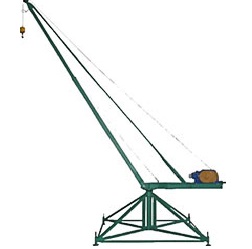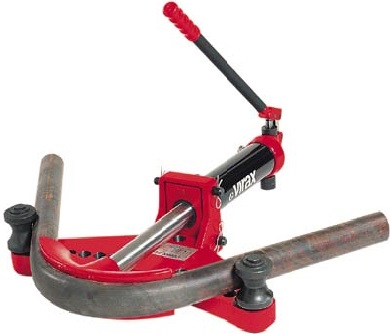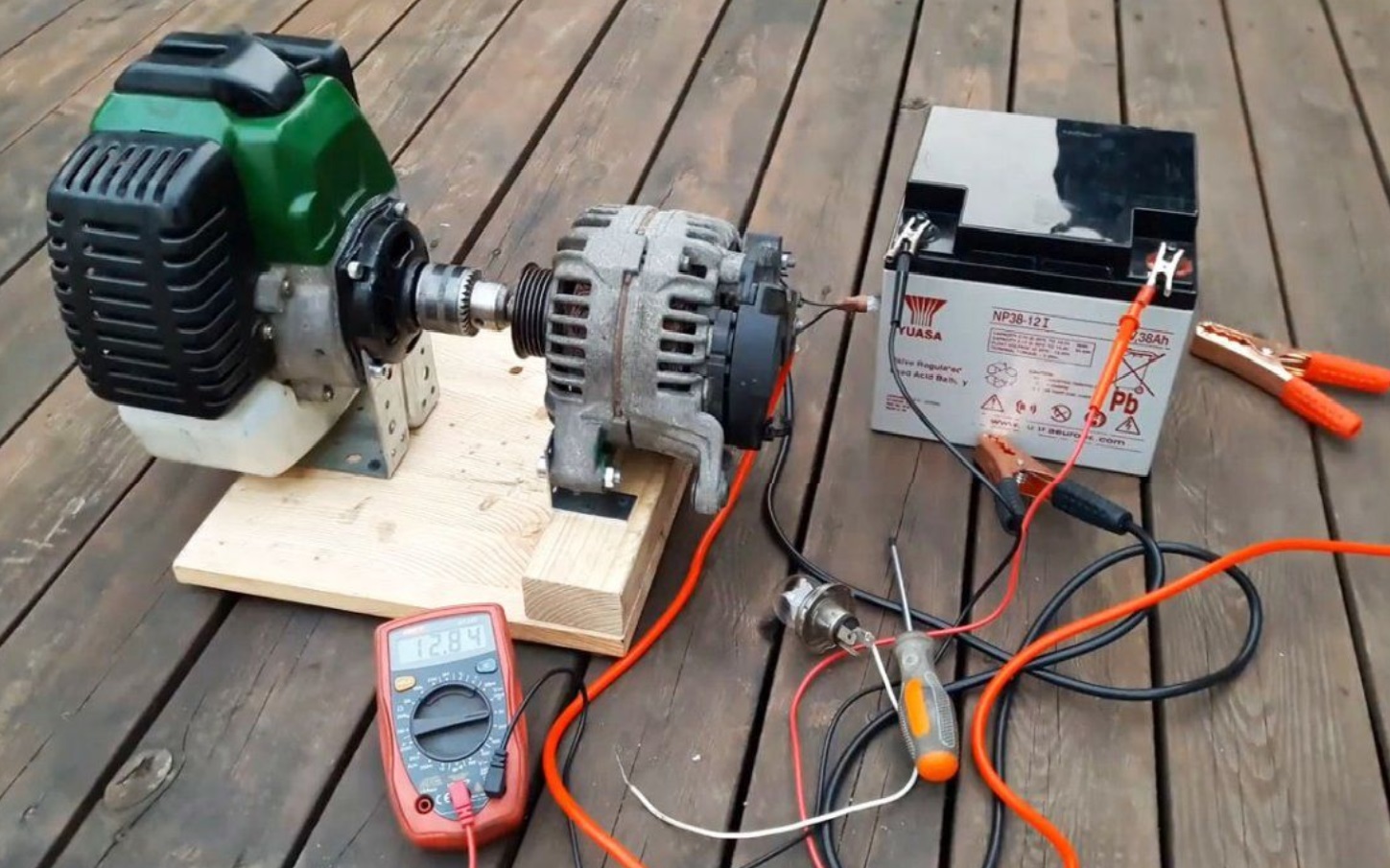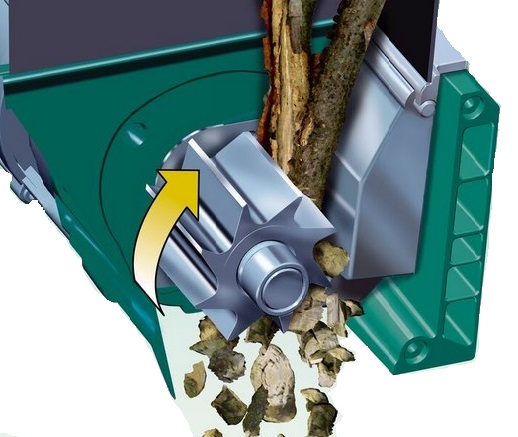Surprisingly, creating a grain crusher at home can rival, and sometimes even surpass, factory-made models. This article provides everything you need to craft your own grain crusher: blueprints, operational principles, and various nuances.
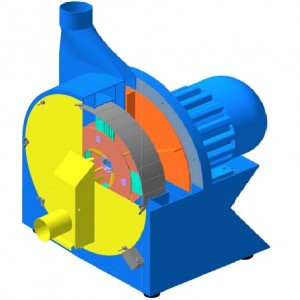
With this device, grinding a bag of grain can be achieved in just 12-15 minutes. The grain crusher is built using parts commonly found in agricultural machinery:
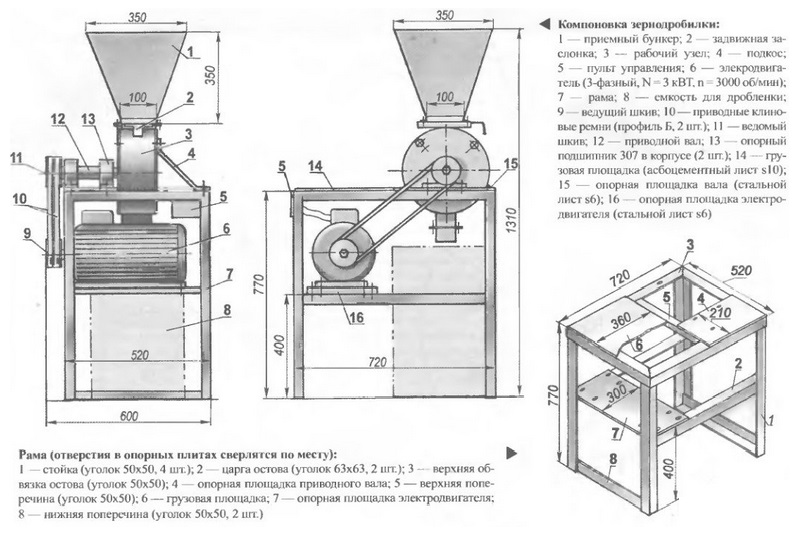
For the base, you can use an external brake drum from a DT-75 tractor’s rear friction system. Its inner side contains teeth that catch the driven discs of the friction system.
The front flange of the base can be made from a seeder coulter disc, complete with a hub and bearing.
The hammers are crafted from anti-cutting blades found in the cutting apparatus of a grain harvester.
The grain hopper is a container from a SU-8 beet seeder.
Constructing the Crusher’s Base
To make the base, cut the drum to a height of 65 mm using a lathe (see Fig. 1). The inner side should have a 282 mm diameter recess, 3 mm high (teeth need to be ground off). Then, cut a third of the drum for the sieve opening, supported by arches welded on the flange and the drum’s exterior.
Fig. 1 Assembly Drawing of the Crusher’s Base (Unit shown without hopper and stand)
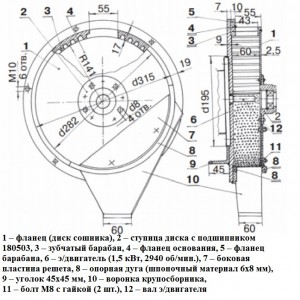
The crusher’s base consists of:
- Flange (coulter disc)
- Disc hub with bearing 180503
- Toothed drum
- Base flange
- Drum flange
- Electric motor
- Side plate of sieve
- Supporting arch (from 6 x 8 mm key material)
- Angle 4.5 x 4.5 cm
- Grain hopper funnel
- M8 bolts and nuts (2 pcs.)
- Motor shafts
Grind the flange to 285+0.5 mm, insert it into the specially prepared place in the drum, and weld it.
Drill air intake holes with a diameter of 8 mm in the hub beforehand. If this is not done, the crusher’s efficiency will be significantly reduced. Install the sieve where the drum is cut and attach it with two M8 bolts and side plates to the coulter disc surface.
Crusher Sieve Blueprint
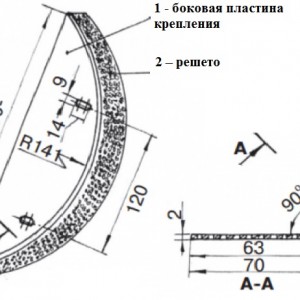
The sieve consists of:
- Side plate for mounting
- Sieve
Next, let’s move on to creating the grain crusher. The blueprints suggest that the top part of the drum should have a 5.5 x 4.3 cm hole, over which the hopper, equipped with a sliding gate, is secured. This gate adjusts the flow of grain entering the crusher and is fixed in position with an M5 bolt and a handle.
The grain hopper funnel is welded to the base flange of the supporting arch below the sieve. Through this element, the crushed grain falls into a pre-placed container.

The crusher is secured to the stand using angle 9, which is divided by a horizontal partition. The upper half is for installing electrical equipment – a circuit breaker, a reversible magnetic starter, a signal lamp, and an on/off button. The lower half stores replacement sieves and tools.
Creating the Hammer Drum
Weld plates 2 onto the shaft 7 (see Fig. 3). The shaft end should have a through hole with an M10 thread. A special bolt-extractor is screwed into this hole when the drum and motor shaft are separated. Each axis 6 is equipped with six hammers 3. These parts are highly wear-resistant, thanks to the hardening of their edges.
Fig. 3 Assembly Drawing of the Hammer Drum
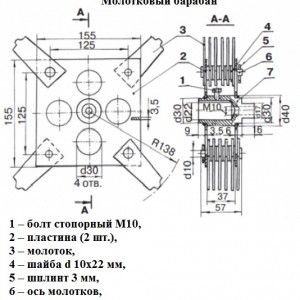
The hammer drum consists of:
- M10 locking bolt
- Two plates
- Hammer
- Washer (1 x 2.2 cm)
- Cotter pin
- Hammer axes
- Drum shaft
Drill the riveting holes to a diameter of 1 cm. The distance between hammers on the axis is adjusted with washers 4. If the hammers are arranged in planes parallel to each other, the crushing will be more intense.
If the hammer drum rotates clockwise, the grain discharge will be faster, thus resulting in coarser grinding. If reversed, the grinding will be finer. The degree of grinding is adjusted by changing the sieve.
Crusher Balancing Process
To protect the crusher from vibrations leading to breakdowns, a static balancing of the rotating parts must be performed. This can be done with a relatively simple device (see Fig. 4). Place the technological roller 1 in the hole on the drum shaft and set the assembled rotor (containing axes, cotter pins, keys, and the locking bolt) on top of horizontally positioned knives.
Fig. 4 Balancing the Drum

The balancing setup consists of:
- Technological roller
- Assembled rotor (excluding hammers and washers)
- Axis and cotter pin
- M8 locking bolt
- Device blade
- Wooden stand
- Base
Drill metal out of the plates in the rotor to ensure that the rotor stops evenly in different positions. Before installation, select hammers so that their weight is equal. With a properly balanced hammer drum, the crusher will be vibration-free.
DIY Grain Crusher Video Tutorial
For a visual guide, check out these YouTube tutorials:
Now you have all the information needed to create your own grain crusher. With these blueprints and descriptions, you’re all set to start building!


